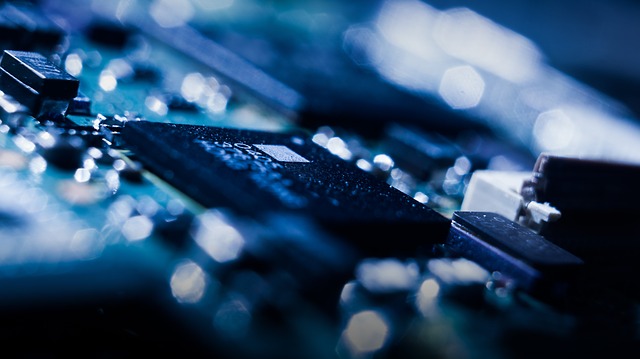
Micromote computers have actually been around for a few years. And University of Michigan computer scientists David Blaauw and Dennis Sylvester have been presenting different variations, the latest of which were presented during the recent IEEE International Solid-State Circuits Conference (ISSCC).
According to the duo, their goal is to make smaller, smarter, and more energy-efficient sensors for medical devices and the Internet of Things. As it is, many of the sensors that serve as the eyes (e.g. cameras) and ears (e.g. microphones) of smart devices are constantly on alert, and regularly send data to the cloud for analysis because they can’t do it on their own. Because some have predicted that the number of smart devices might already reach 1 trillion by 2035, this regular beaming of data to the cloud might become a problem. As Blaauw was quoted as saying: “If you’ve got a trillion devices producing readings constantly, we’re going to drown in data.” Developing tiny, energy-efficient sensors that can compute and do their own analysis without help from the cloud will effectively address this.
Some of the variations they presented at the conference include designs that can do tasks like distinguish the sound of a passing car and measure temperature and light levels using only a few nanowatts of power; and a compact radio that can transmit data to receivers about 20 meters away — a huge improvement compared with last year’s 50-centimeter range radio.
They also mentioned their work with Taiwan Semiconductor Manufacturing Company (TSMC). One of the projects the duo is working on involves embedding flash memory into devices. Although it is slightly less compact than previous low-powered versions that made use of static RAM or SRAM, this new version with 1 Mb of storage and a more energy-efficient energy pump gives the tiny computers the capacity to record sound and video.
They also talked about a project that employs deep neural networks to run AI algorithms in hardware that makes use of only 288 microwatts. Low-powered, ‘smart’ and typically does well at face and voice recognition — incorporating these 3 features into the Internet of Things will at the very least, make security systems more efficient. How? With deep learning algorithms built into processors, a device will become smart enough to distinguish between a tree and a burglar, thus minimizing sending off irrelevant data to the cloud.
Other smart devices that can benefit from having deep learning processors are HVAC systems. If the system detects many people putting on their coats, it will turn the airconditioning down. Conversely, if it detects people trying to fan themselves, it will turn the airconditioning up.
So far, Blaauw and Sylvester’s micromote variations have only been demonstrated in academic settings. But with their start-up company, CubeWorks, deep into research and prototyping, funding from investors like Intel Capital might be just what they need to bring their devices from the table into the public’s hands.

Leave a Reply